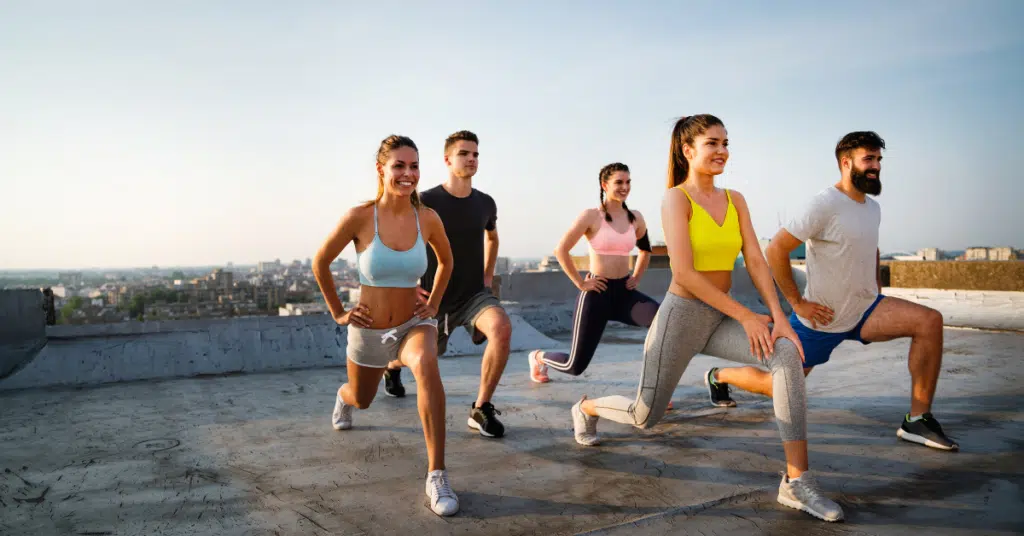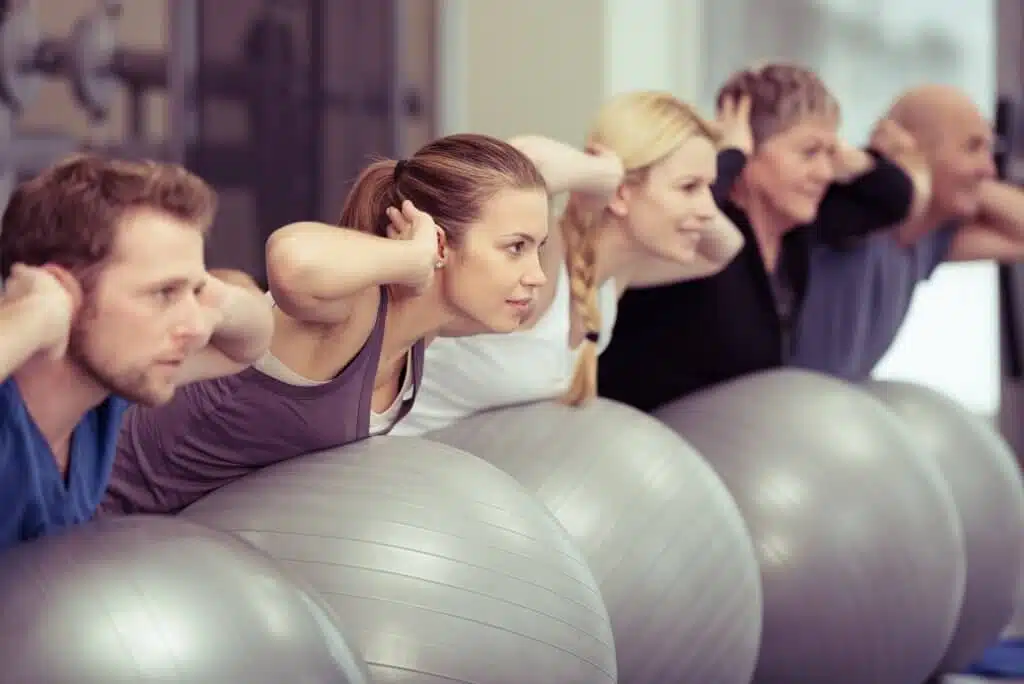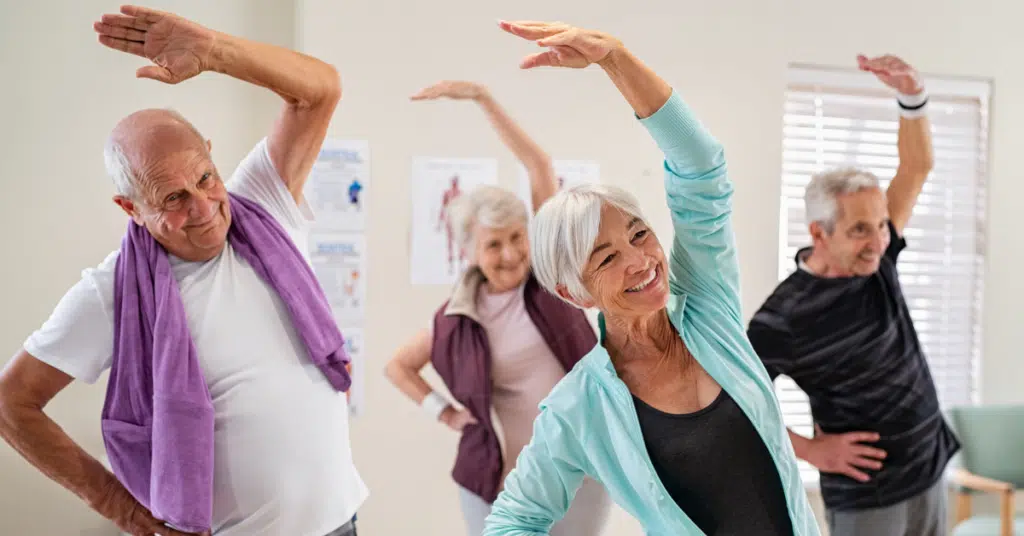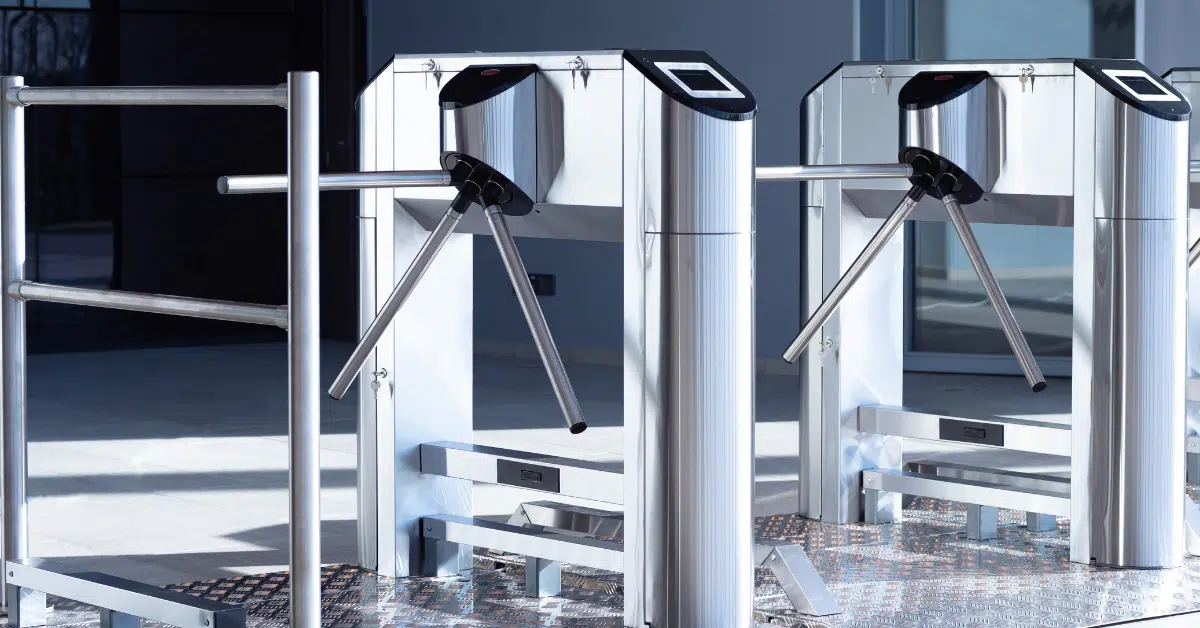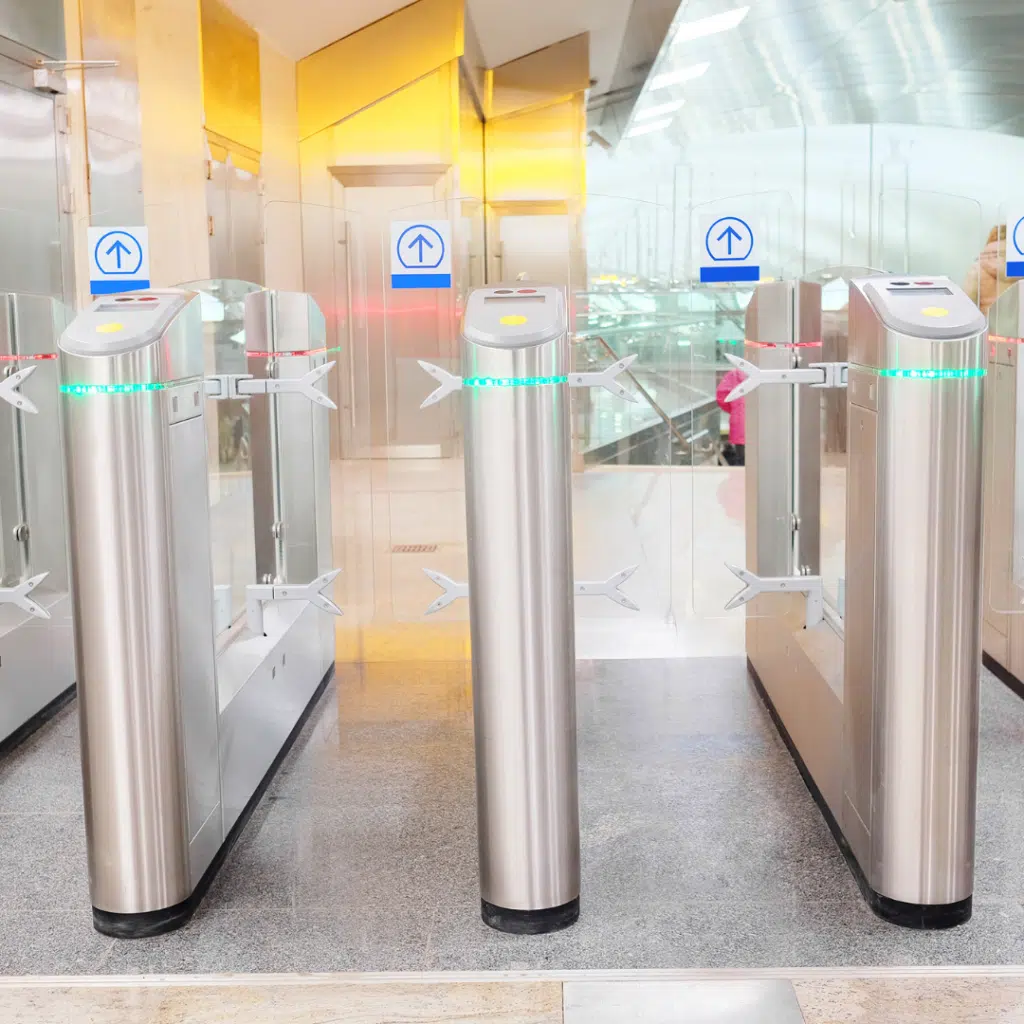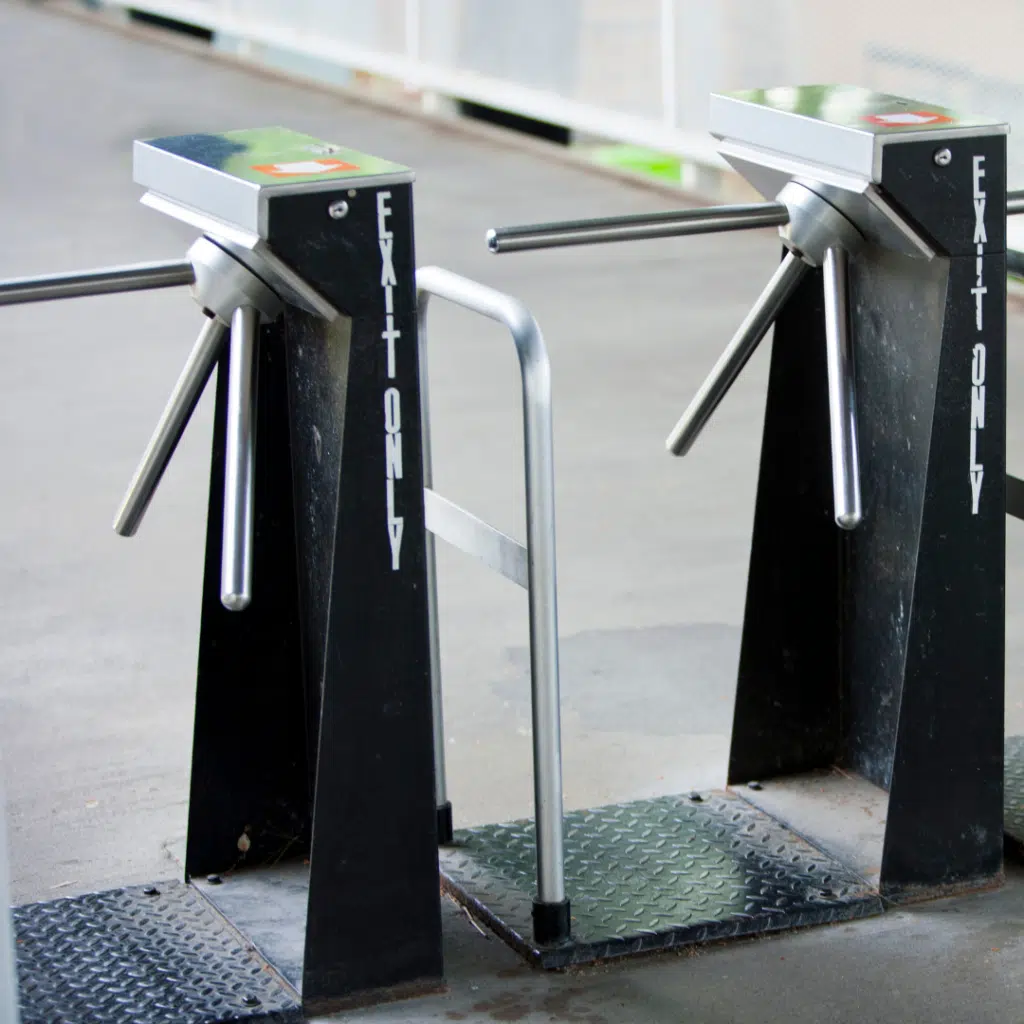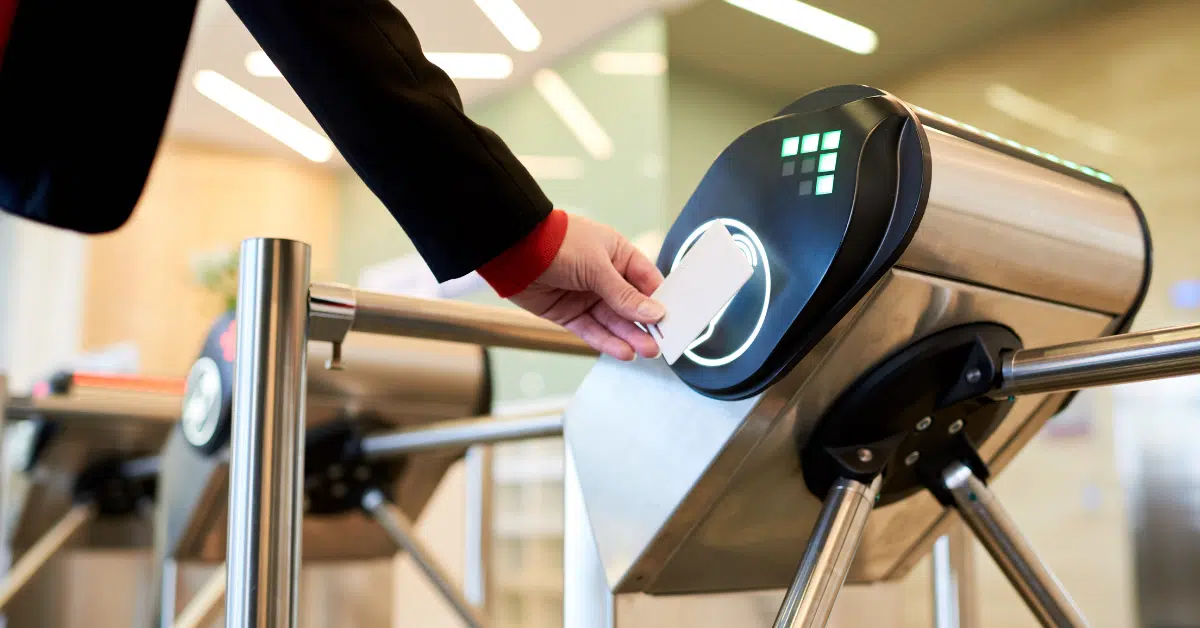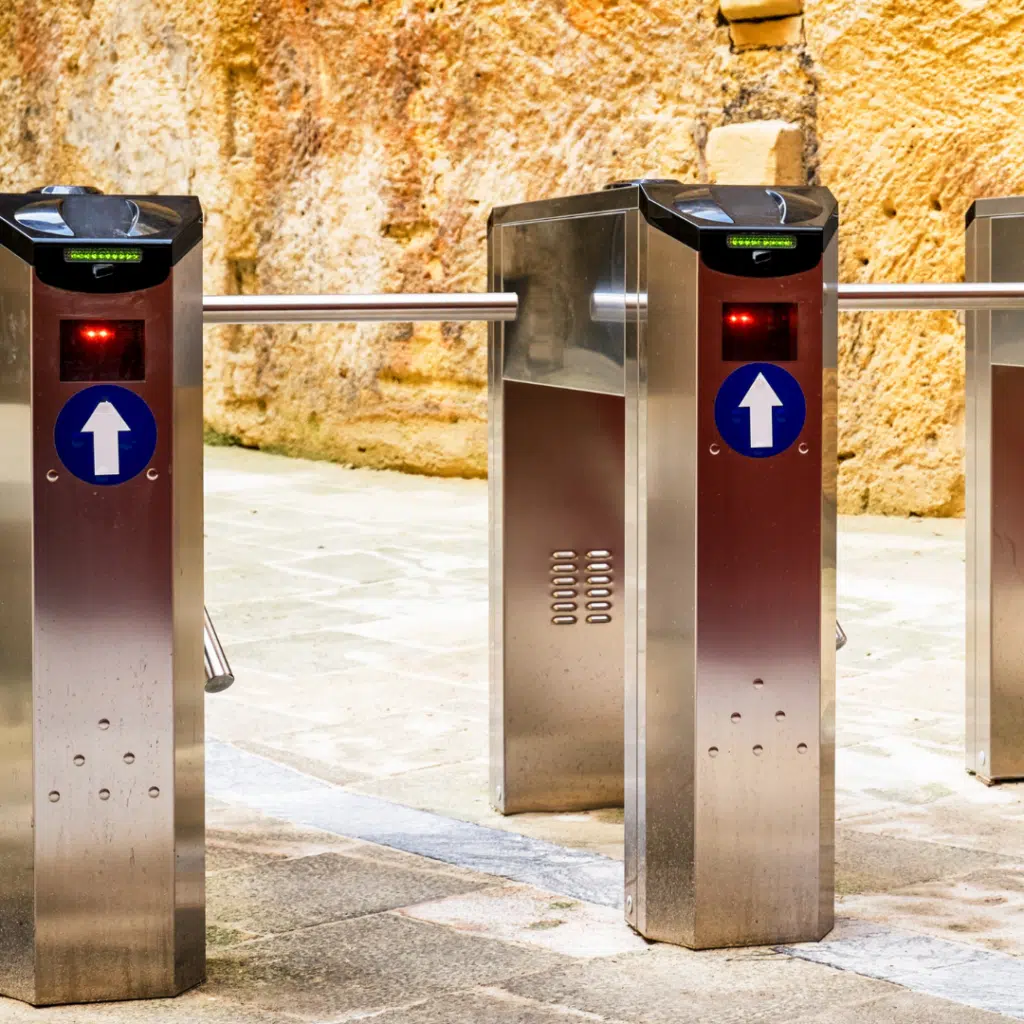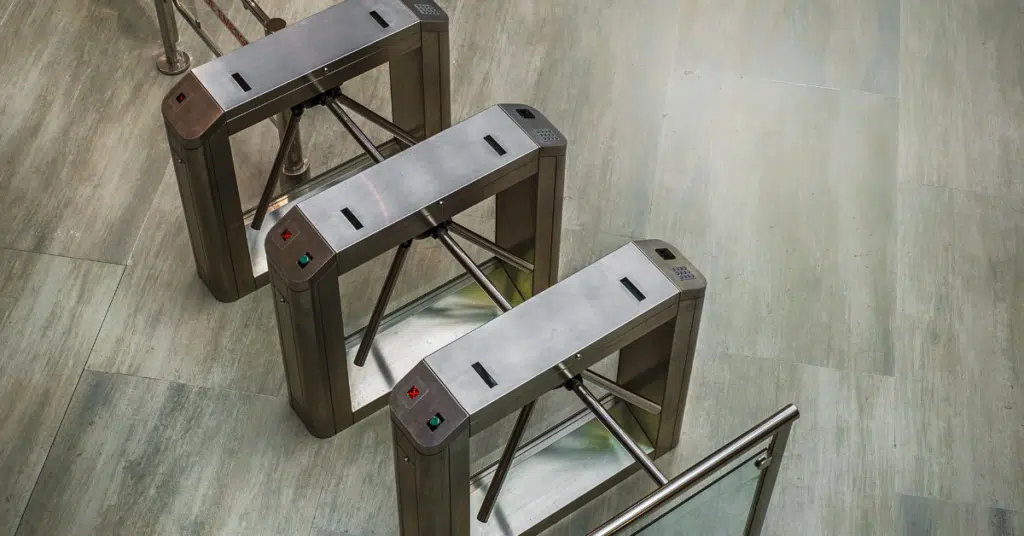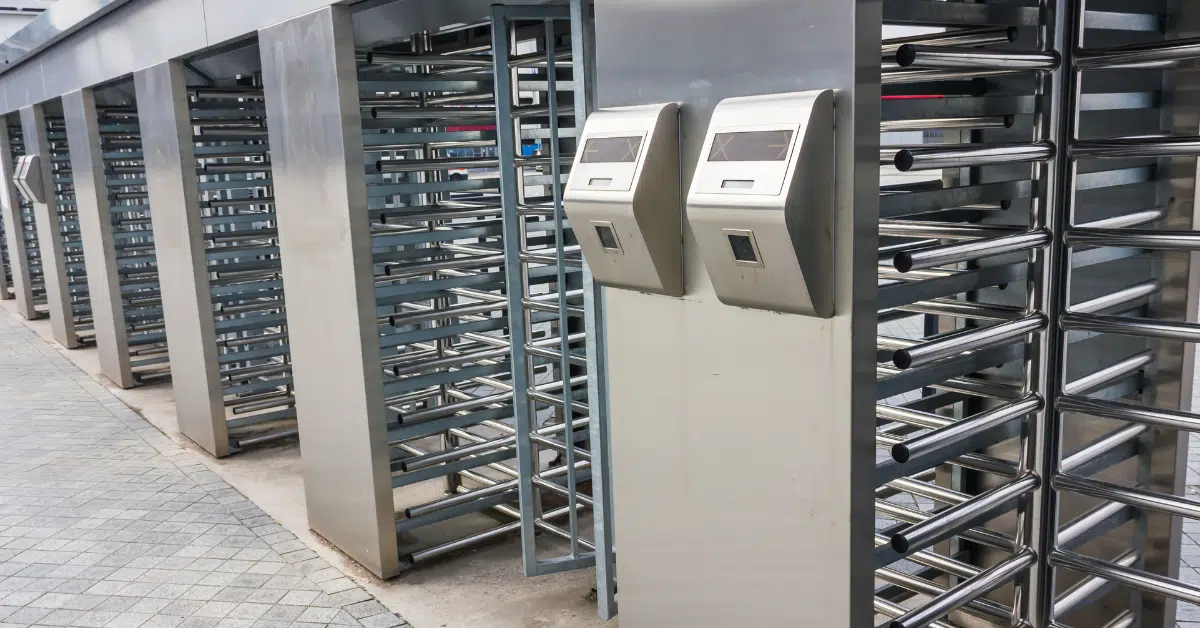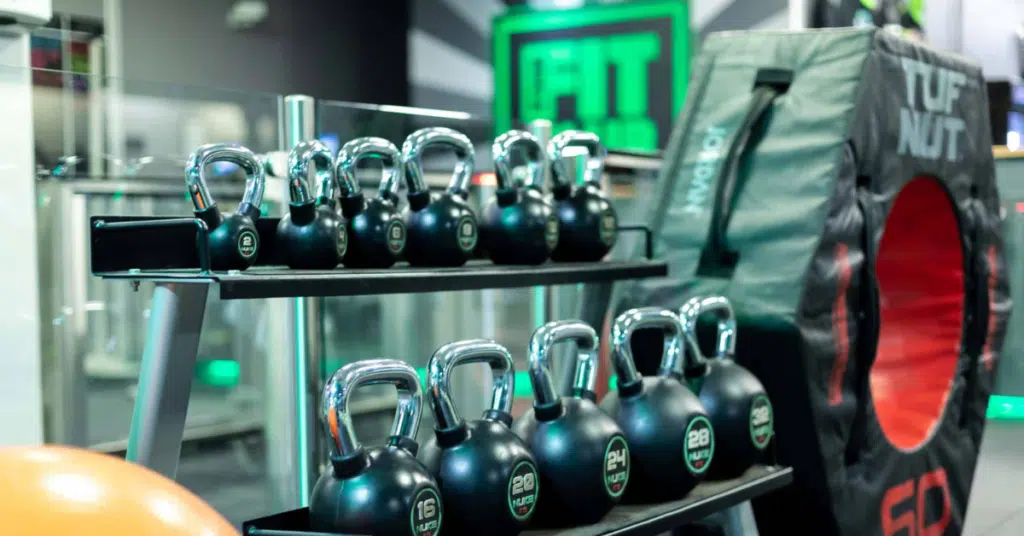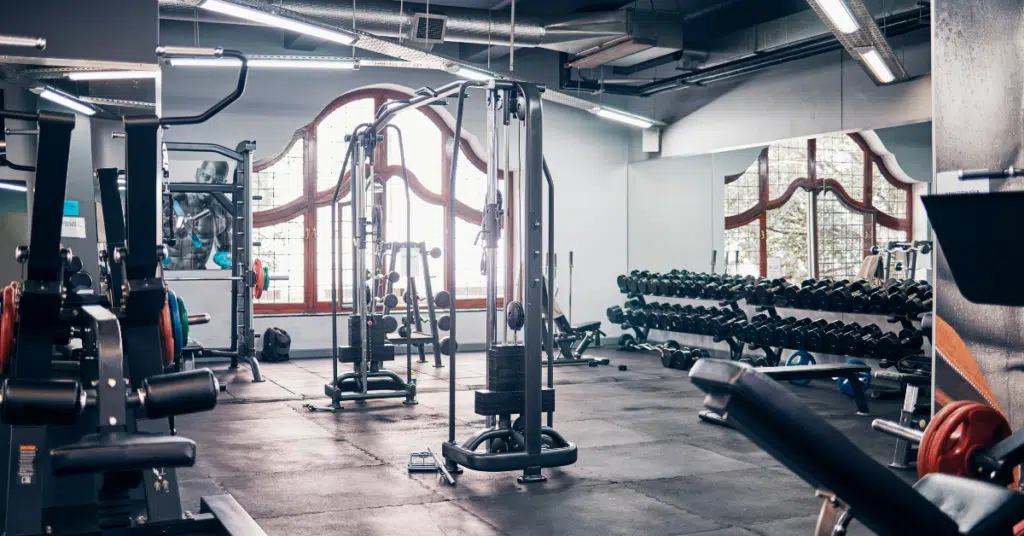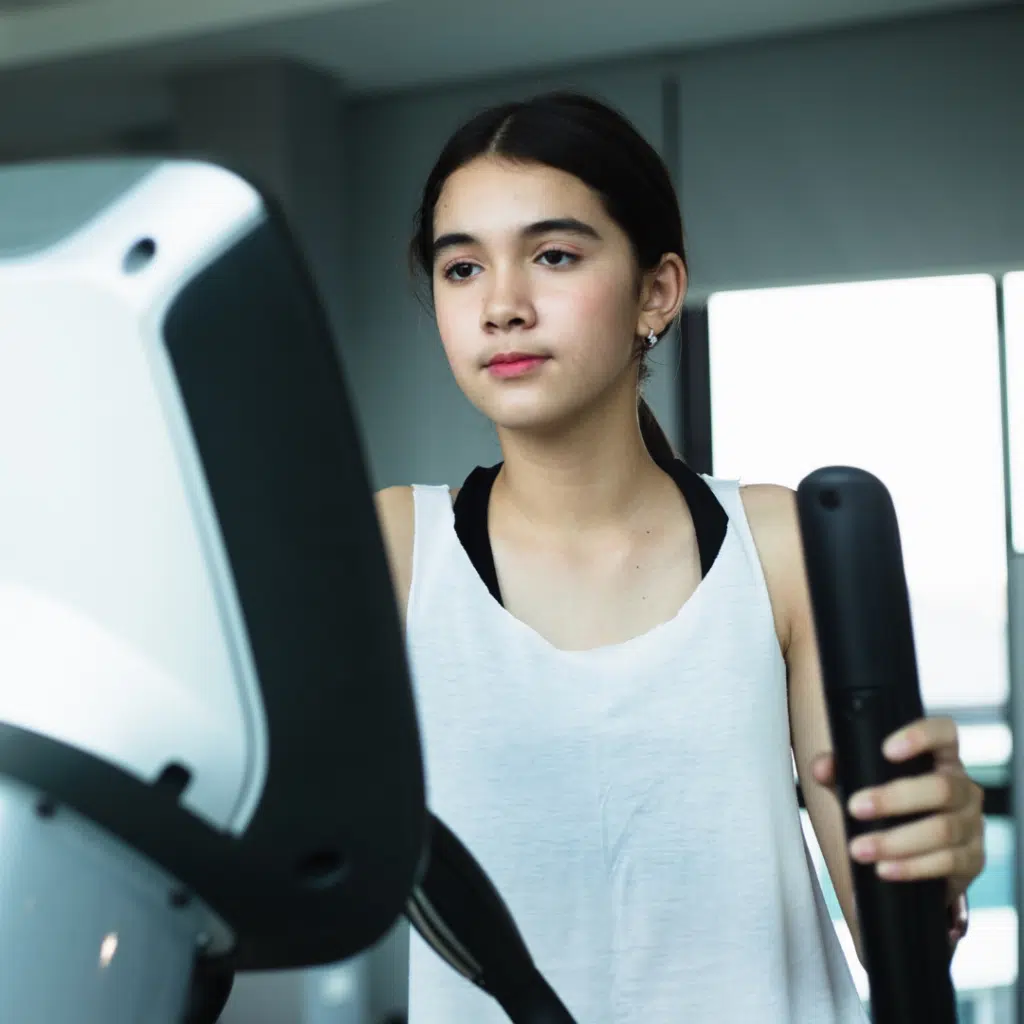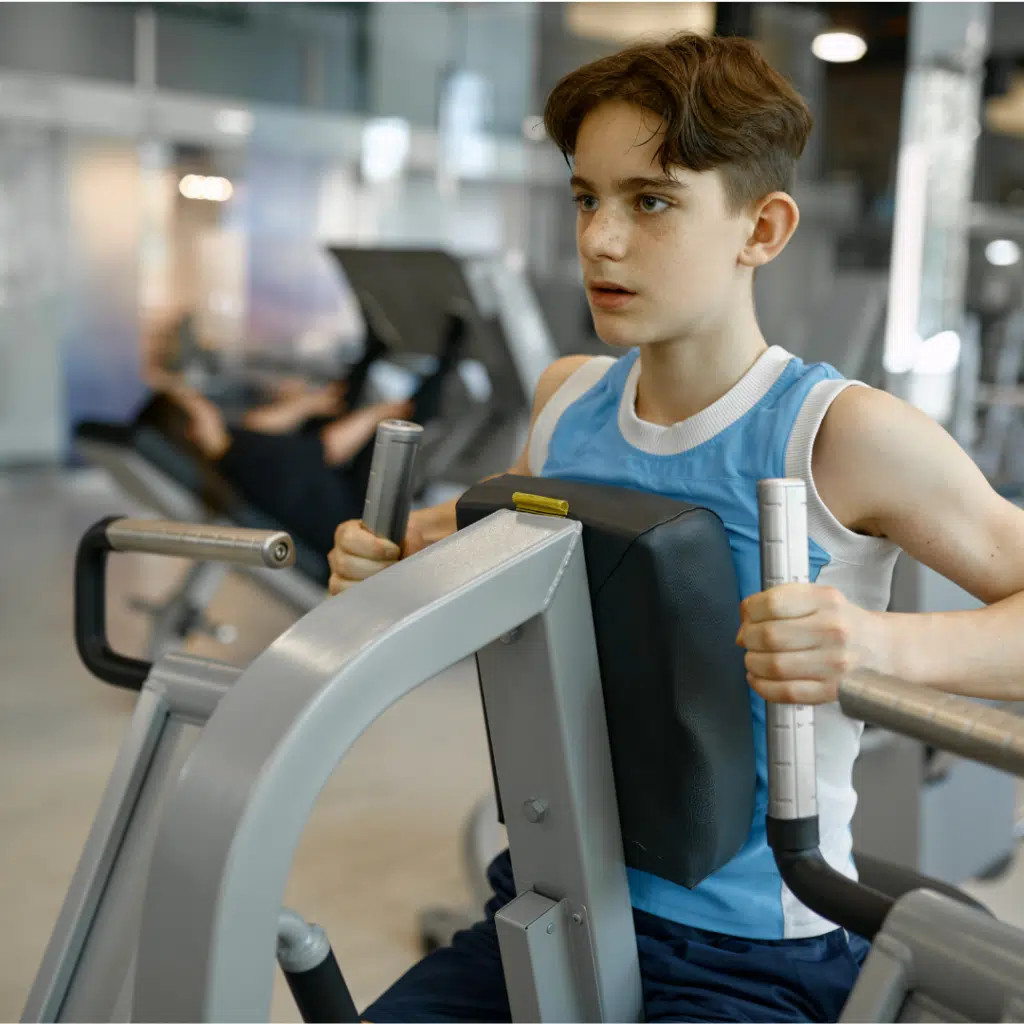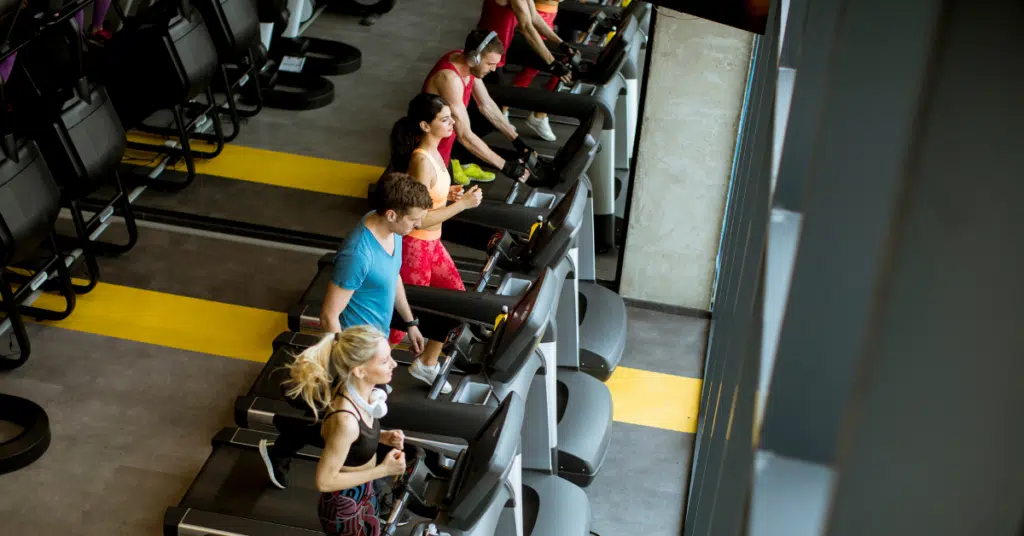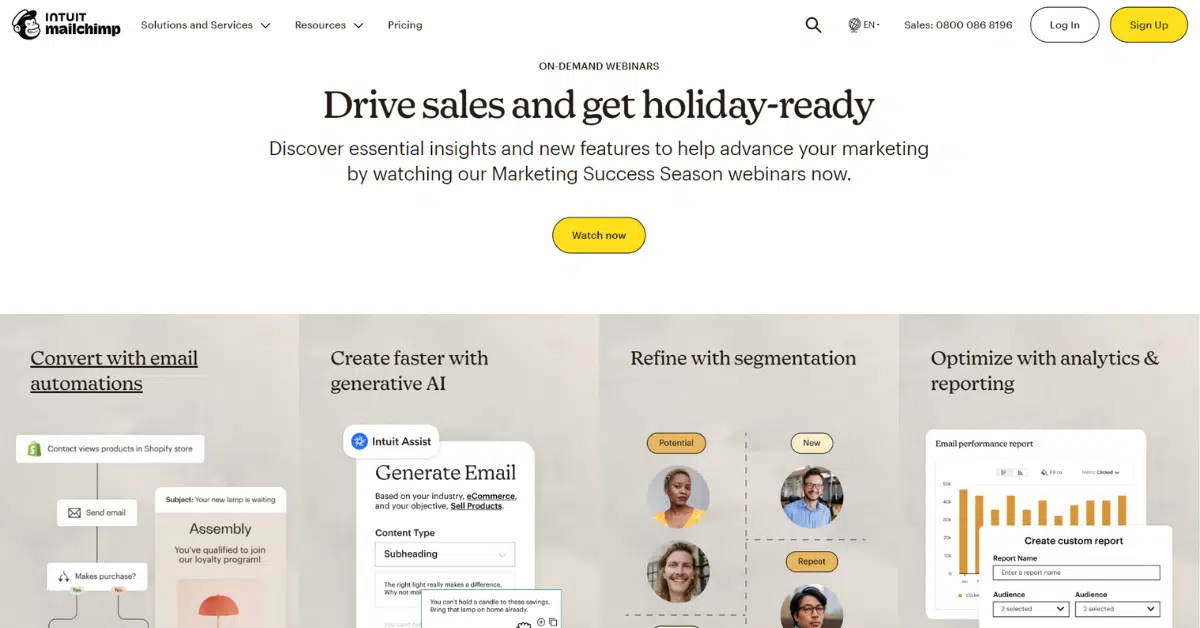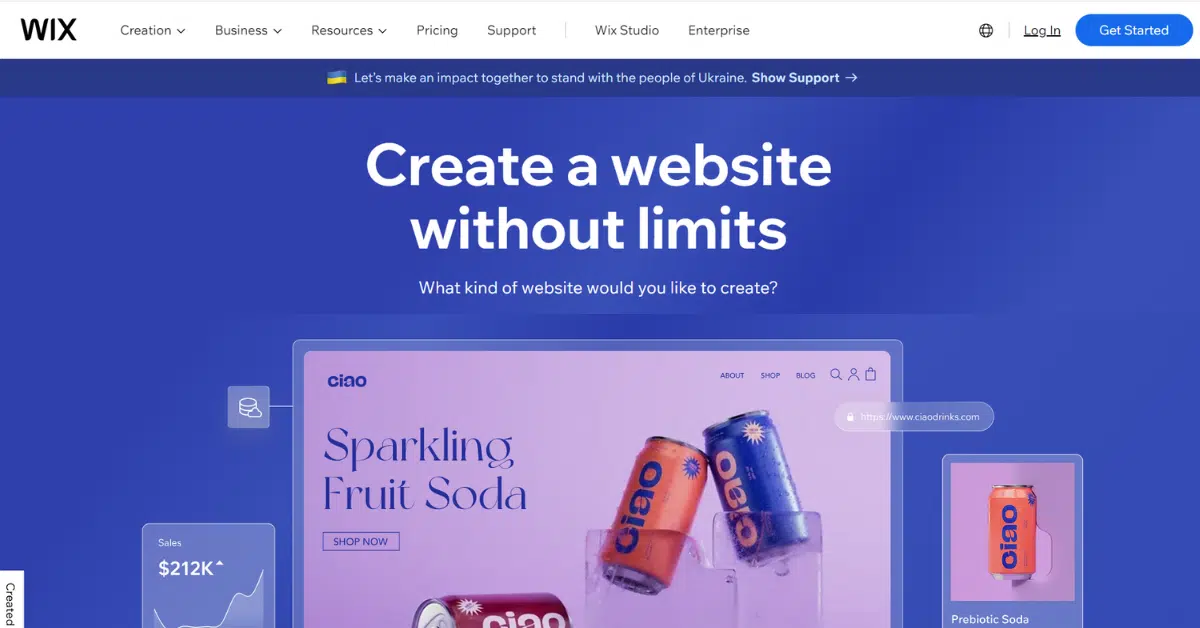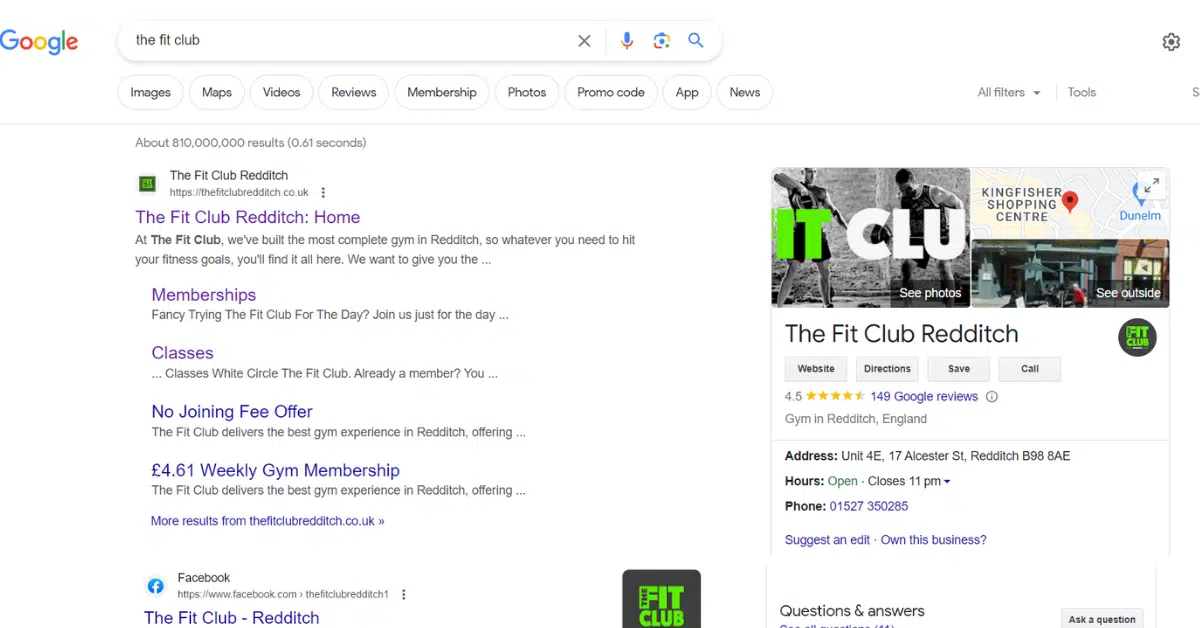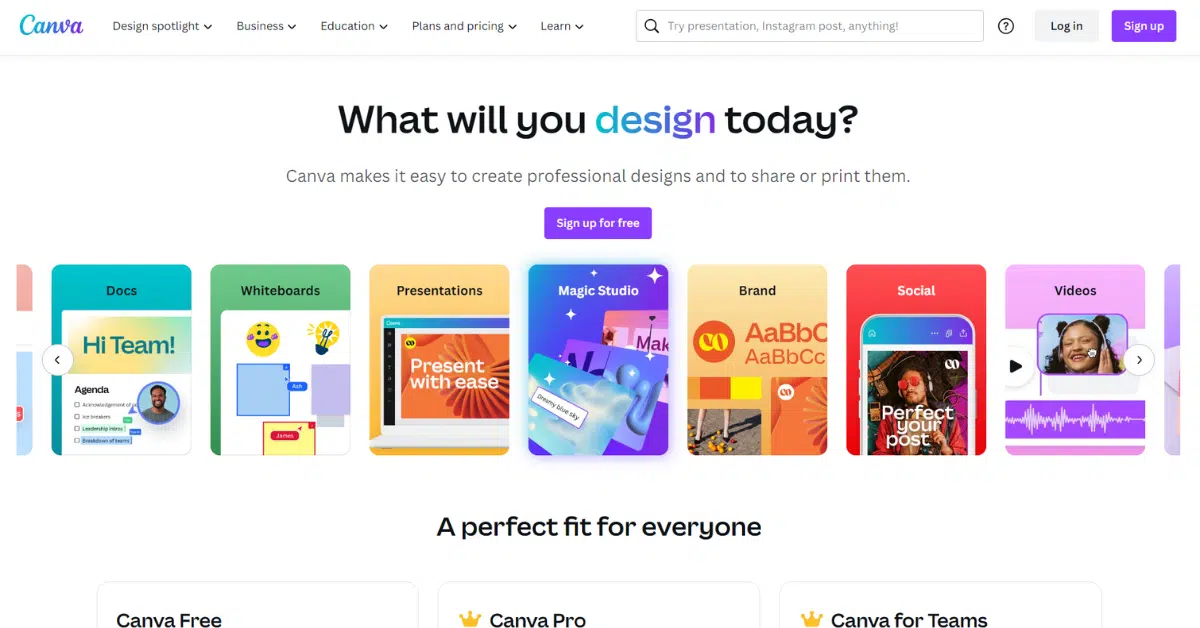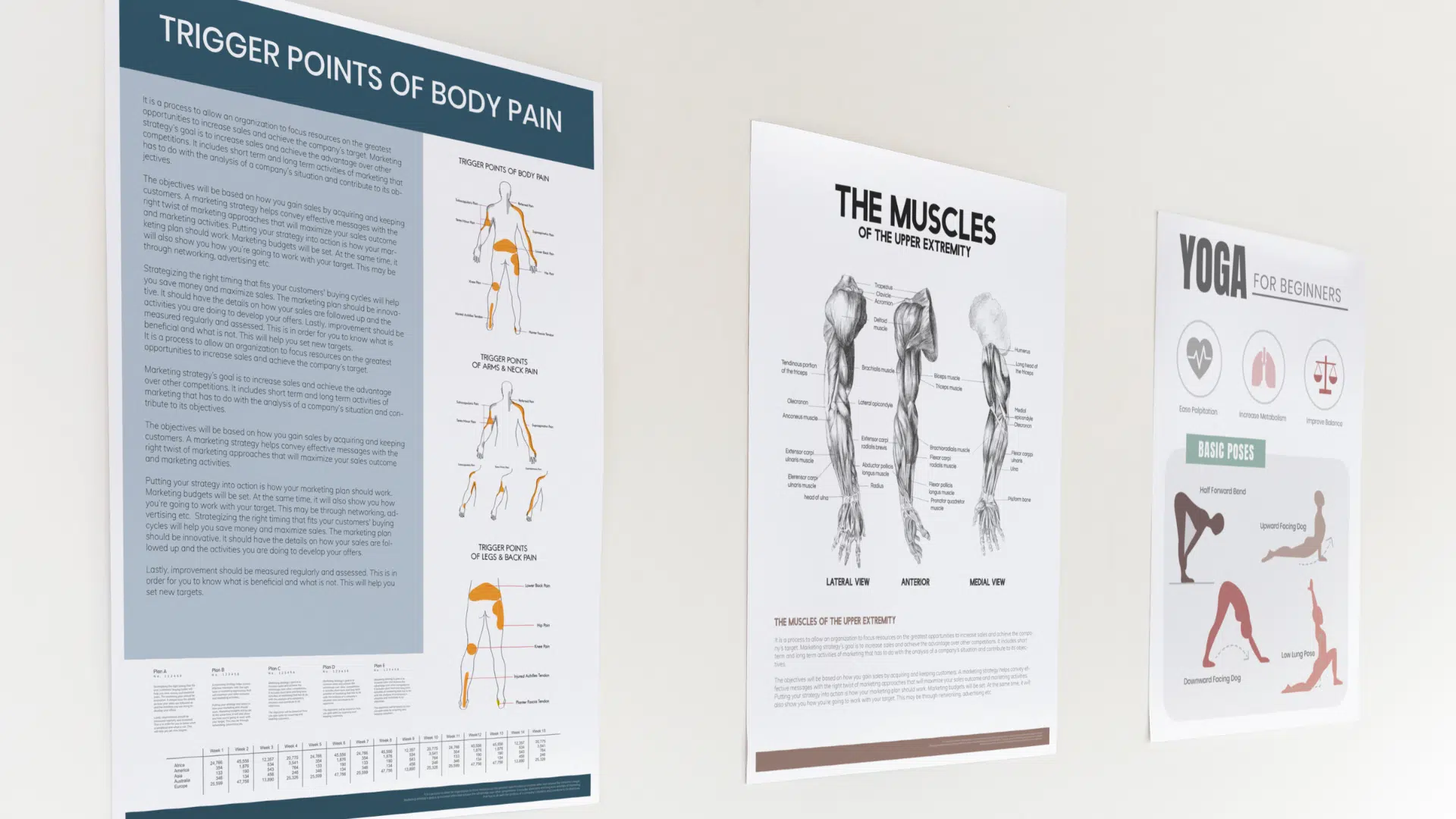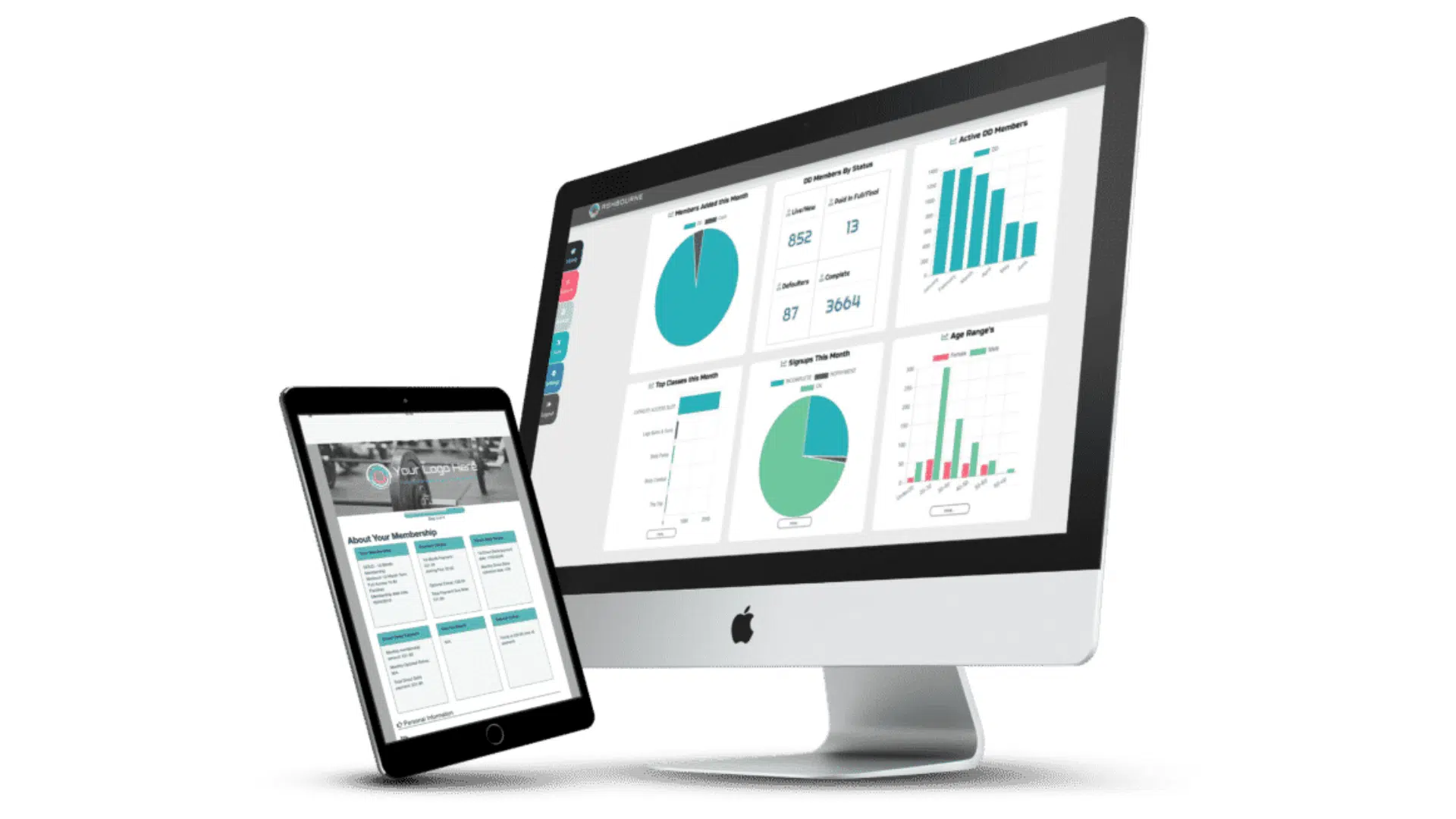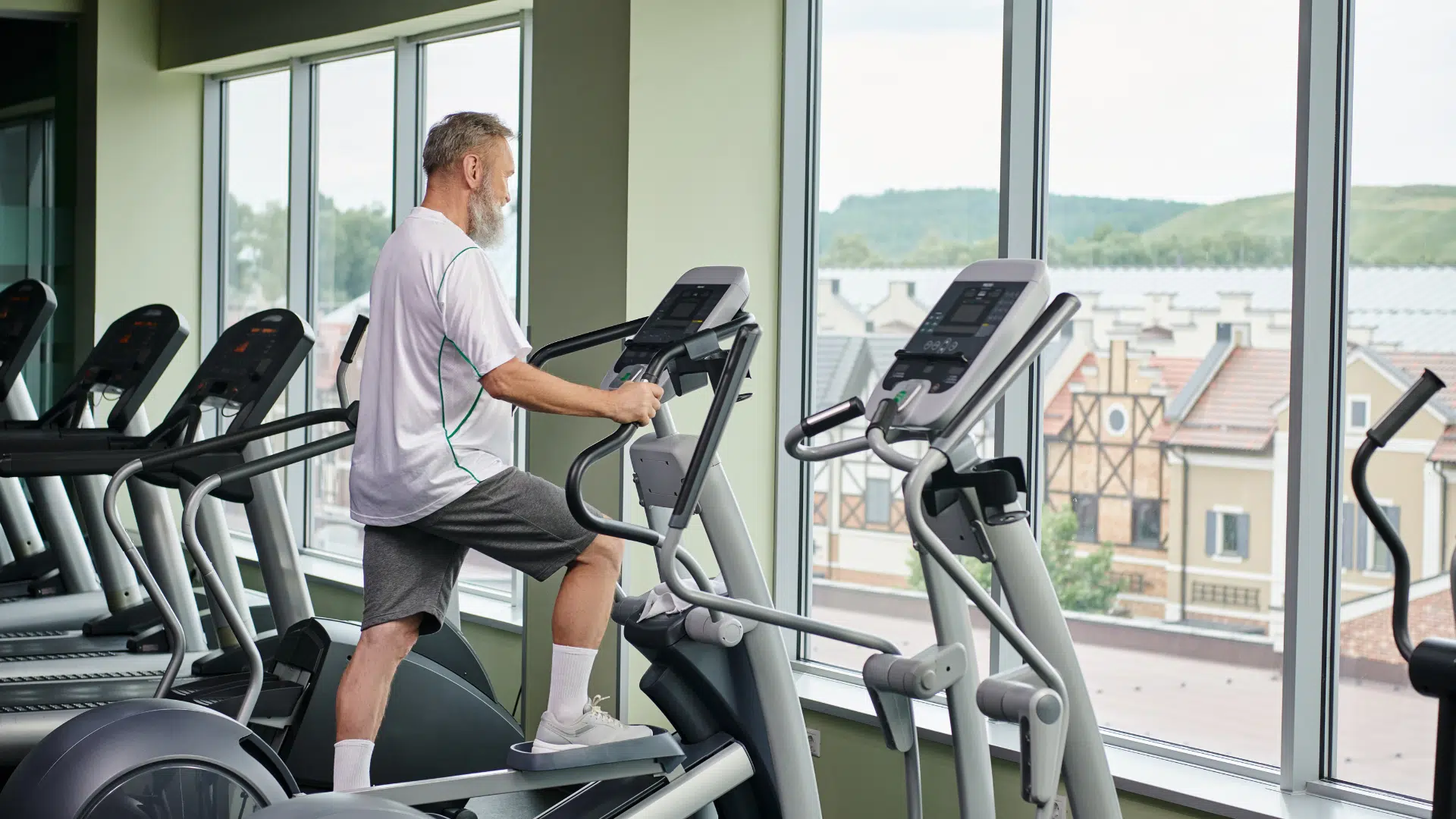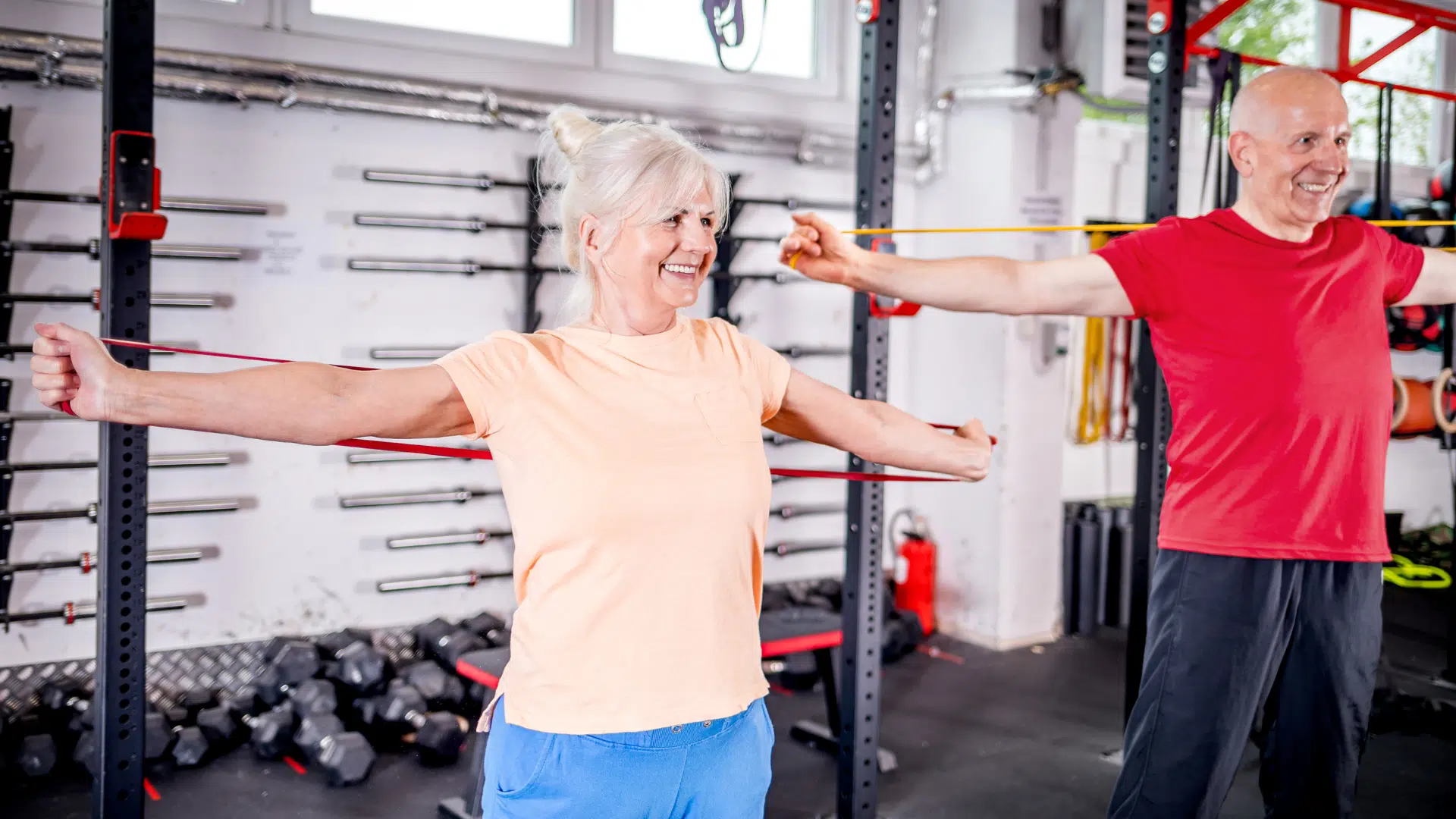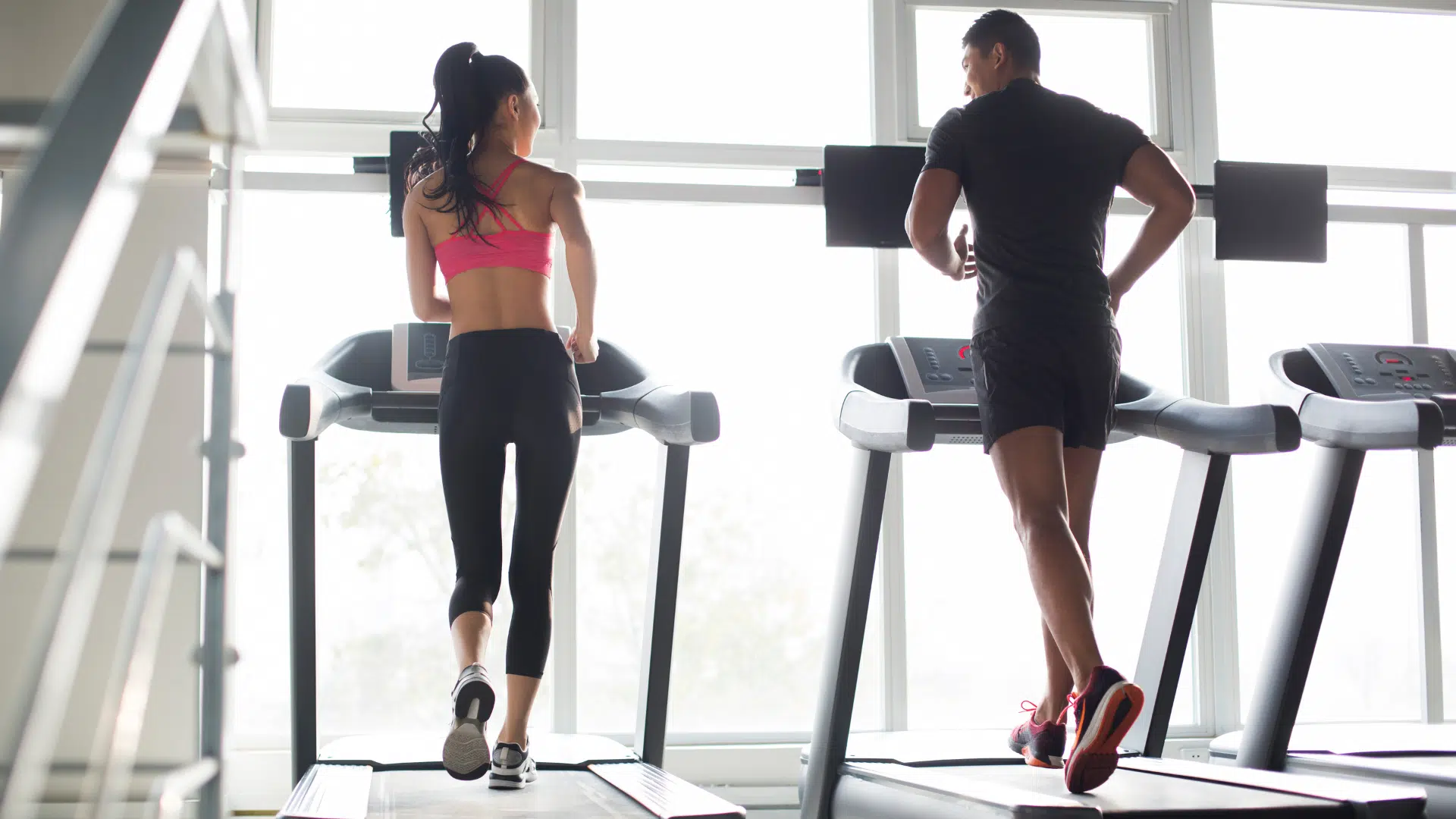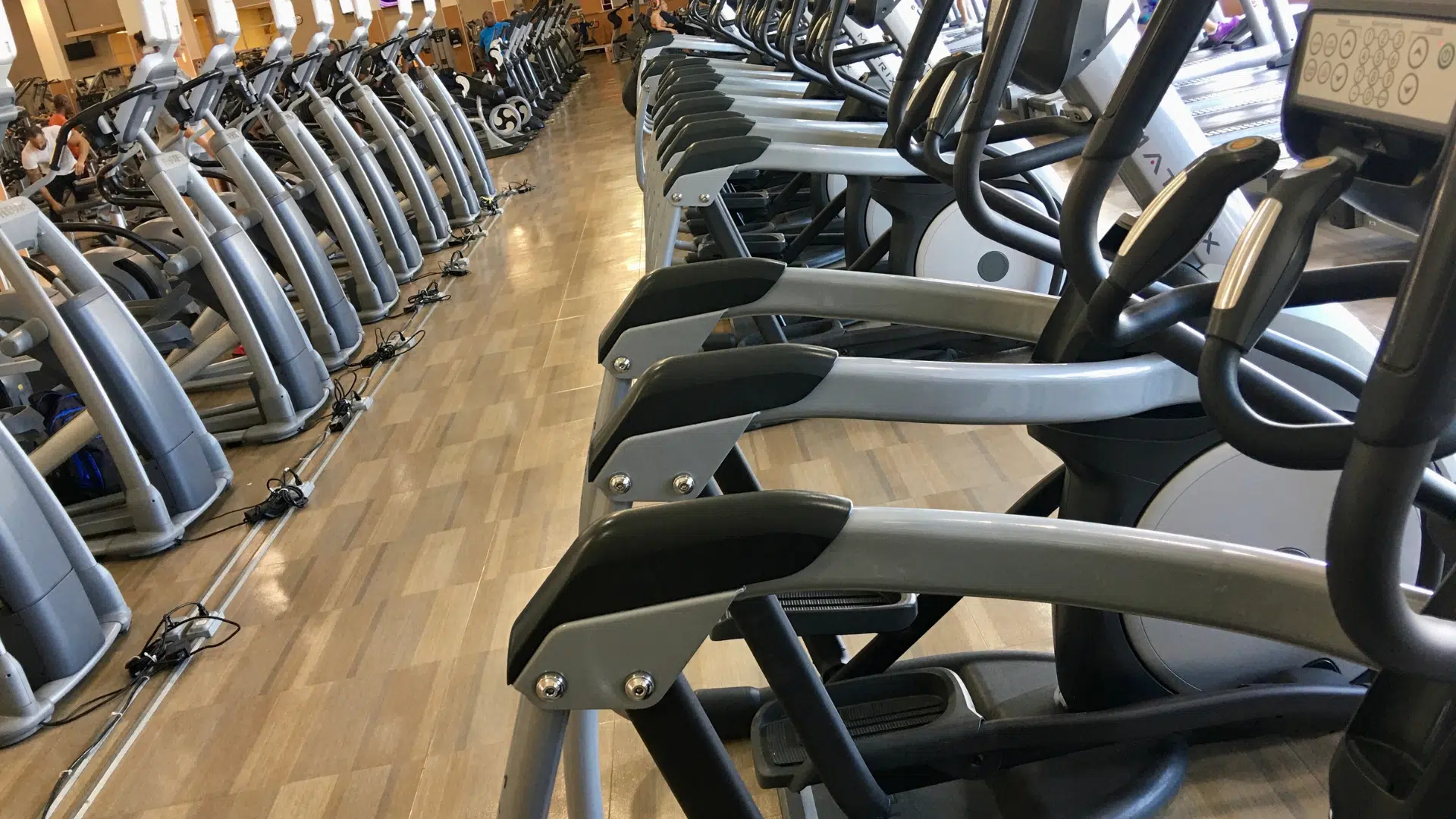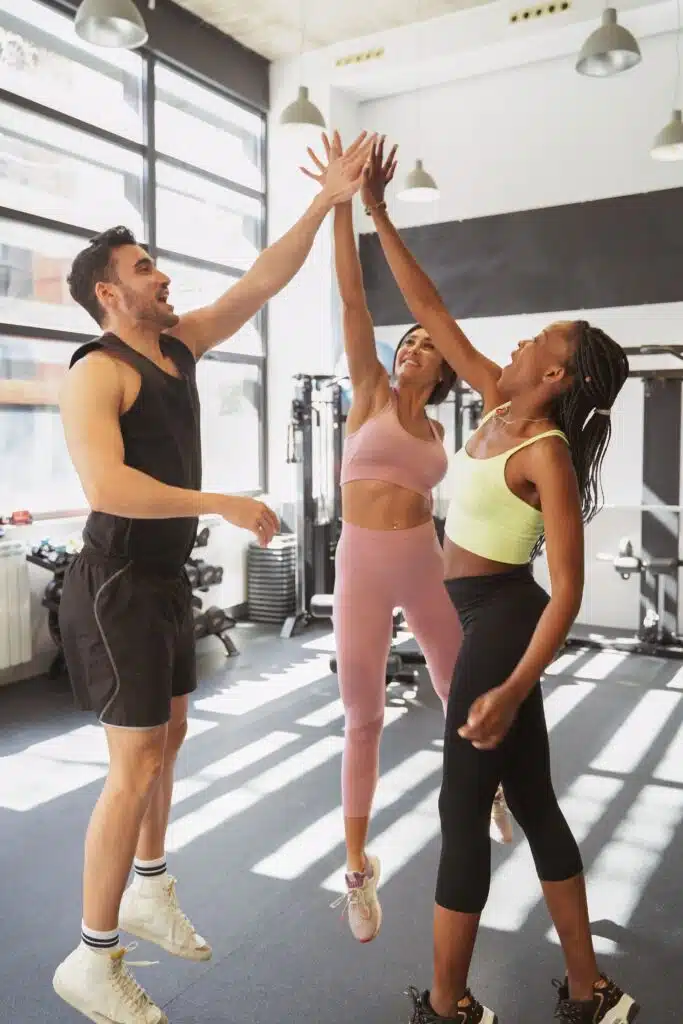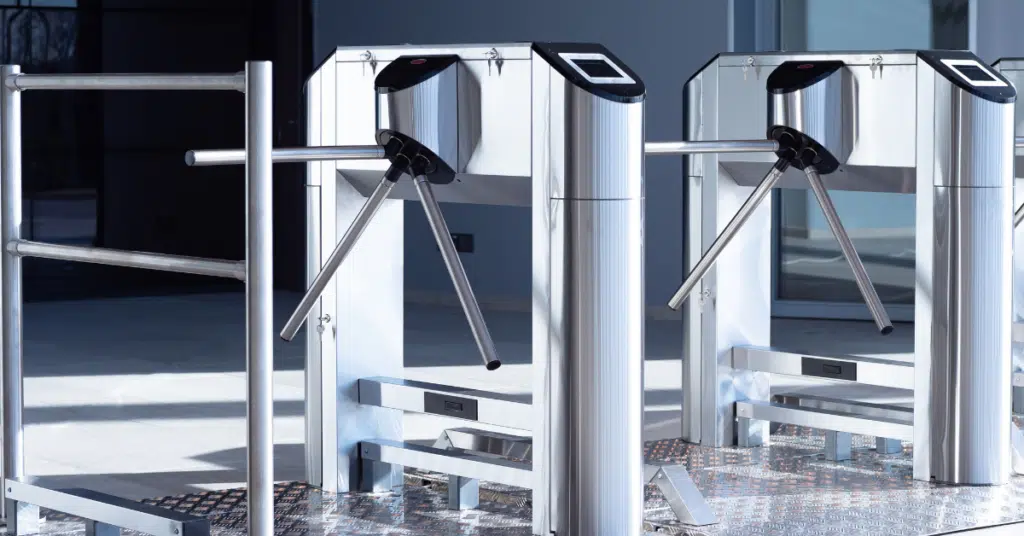
Using Gym Attendance Software To Grow Your Business
WHAT FEATURES TO LOOK FOR IN ORDER TO DISTINGUISH GREAT GYM ATTENDANCE SOFTWARE USEFUL IN HELPING TO GROW AN INDEPENDENT GYM OR FITNESS CLUB...
What will we cover in this article?
(you can also click to skip ahead!)
We will define both Gym attendance and the functionality of Gym attendance software.
How can hiring or incentivising influencers to endorse a fitness business boost their digital marketing campaigns?
How Gym attendance software can effortlessly assist in the growth of independent gyms and fitness clubs, no matter the age or size.
Today, we will be taking an in-depth dive into Gym attendance software. We will begin with an introduction to Gym attendance software where we will define both Gym attendance and the functionality of Gym attendance software. Once we have this framework, we will look into how Gym attendance software can effortlessly assist in the growth of independent gyms and fitness clubs, no matter the age or size.
Before we begin, we will outline a few thoughts on what we believe makes for good, effective and powerful Gym attendance software. This is a market with a lot of competition, the number of online gym membership software and gym membership systems have sky-rocketed in the last two decades, a combination of ever-advancing technology and decreased development costs.
As such, it is more important than ever to look at the metrics that define a good piece of gym attendance software and the best gym management software.
This comes down to a variety of factors, from day to day usability to how well it functions as a gym management access control and, of course, the all important data outputs it is capable of generating.
We will be looking at which ways gym membership software systems can provide powerful insight, data and gym users statistics that have previously been inaccessible to many independent gyms and fitness clubs.
What Is Gym Attendance?
So before we get to the ‘software’ part of Gym Attendance Software, we will first define and explore what ‘Gym Attendance’ means. It is an unassuming term. In an abstract sense, dealing with Gym Attendance feels like it should be easy and intuitive. In a way, haven’t we been dealing with Gym Attendance since the ancient Greeks?
But since then Gym Attendance, much like nearly everything else, has gotten a little more complicated, specialised and bespoke. Now when we say Gym Attendance, we are talking about a series of processes that affect every member every time they step into your facility. Gym Attendance, as a concept, is designed to ensure the seamless and secure operation of a gym or fitness club for paying members and the staff, day to day, across every visit.
With the rise of easily affordable, accessible and maintainable digital and data solutions, this has gone from a fairly primitive if necessary task to one of hitherto unimaginable scope and potential. Much like many aspects of modern life, data has transformed the concept of Gym Attendance for all fitness facilities, whether they are small independent gyms or giant chain fitness clubs.
And with increased complexity, comes infrastructure, schools of thought, services and all importantly for the topic of today’s blog. Software.
As the large chains and small independents alike have adopted new methods and changed how we perceive the concept of Gym Attendance, so too has it become necessary to understand just what has changed and what is on offer. With an ever increasing reliance on specialised software packages, digital integration and data-driven systems, now is a perfect time to discover how the latest Gym Attendance Software can redefine a gym’s relationship with the concept of ‘attendance’.
We will also take a brief look at how different types of independent gyms and fitness clubs can utilise different types of gym management software. Too often it gets overlooked that a 24 hour, 7 days a week fitness facility could benefit from different gym attendance software offering when compared to a small, 9 to 5 club.


What Is Gym Attendance Software?
So now we understand what the concept of Gym Attendance covers, let us move onto Gym Attendance Software.
Gym Attendance Software can be used to accomplish and assist with any number of impactful tasks around a gym’s BAU (Business as usual) operations. However for a simple definition, Gym Attendance software exists to enable and streamline the experience of paying members attending a gym or fitness club as well as helping to quantify and utilise the outputs generated from that attendance. It is designed to make life easier for all participants within a gym’s system, be it members, staff or management.
As technology has gotten more sophisticated and integrated, the remit of Gym Attendance Software has similarly broadened. Now, depending on the software in question, many other pieces of functionality can also be found within a Gym Attendance Software suite. This can include sophisticated data reporting, in-built payment systems and transactional processes, secondary spend, class integration and much much more.
Once these systems moved into a ‘Pay Environment’, it was only a short step into allowing their branching out full on Gym Membership Systems. More and more in recent years we have seen them move away from simply monitoring Gym Attendance and fulfilling a wide-array of roles, including those detailed above.
We have reached the point where Gym Attendance/Management Software features have come to include vast swathes of a gym’s functionality in a digital space. This makes the decision on which Gym Attendance Software to use more important than ever, but it also means that the benefits of this software have never been greater if chosen carefully and correctly.
As the importance of smartphones and digital systems have risen, so too has that of the right Gym Attendance Software package. Without the correct software to utilise our evermore sophisticated technology, some independent gyms and fitness clubs may be left behind!
Gym Attendance Software: How Does It Work?
Gym Attendance Software, as with many things, has changed significantly in the last twenty years. It has shifted from the domain of niche and unfriendly, disc only software suits into a thriving, client friendly and fully functional digital sector of the fitness industry.
Downloading Gym Attendance Software has been the most popular method of distribution for over a decade now. There has been a clear and dedicated stride towards making these gym membership software systems as lightweight and powerful as possible. No longer do programmes impose themselves upon your systems and hardware, these are designed to be as unobtrusive and helpful as possible.
The shift in the market has been profound and irreversible. The old models of doing business have slowly disappeared beneath the waves, leaving a new generation of slick, swift digital Gym Attendance Software ready to take its place. Now that it can reasonably be assumed that lightweight technology such as iPads can be utilised by staff, as well as the near monolithic presence of smartphones amongst consumers, there has been a significant shift in the mentality with which gym attendance software is made.
Now there is no reason that an independent gym or fitness club can’t obtain a sophisticated, powerful gym attendance software suite in the click of a few buttons, or after a few e-mails and a demonstration.
This represents a departure from a time where this was only available to those willing to pay exorbitant licence fees or those buying in bulk.
The market has shifted to become much more client focused, to the benefit of independent gyms and fitness clubs!
The cost of Gym Attendance Software is now much more reflective of the quality of product you are getting.
In fact, we are now seeing that gym attendance software is working less and less on the terms of economies of scale, with the cost-benefit to a smaller, independent gym or fitness club being approximate to that of larger clubs or multisite clubs.
While this may seem like a small and unassuming shift to some, what it represents to independent gyms is the ability to access and justify accessing powerful gym attendance software that would have otherwise not been viable ten, or even five, years ago.
This has, in large part, been driven by the push away from the static computing that defined so much of the early 2000s. Two dual-revolutions, the cloud revolution and the smartphone (now tellingly just called a phone) revolution have been the bedrock that have enabled this change within the gym attendance software landscape.
Between the reassurance of knowing that the vast majority of potential gym or fitness club members now have access to the smartphone technology necessary to interface with certain aspects of Gym Attendances Software, the democratisation of powerful, lightweight software due to cloud and online advances and the increased utility and effectiveness of potential verification methods, the circumstances were ideal for the vast leap forward to occur.

What Are The Benefits Of Gym Attendance Software?
We won’t beat around the bush. Unsurprisingly, the main benefit that Gym Attendance Software can bring to an independent gym or fitness club is…To assist a Gym’s staff and management with the BAU functions of Gym Attendance.
Though as we made clear above, this is far more than just a single, uniform benefit for a gym or fitness facility.
With that said, over these next sections we will be taking a deeper dive into the different benefits that Gym Attendance Software can bring to an operation of any size, but with specific focus on independent gyms and fitness clubs.
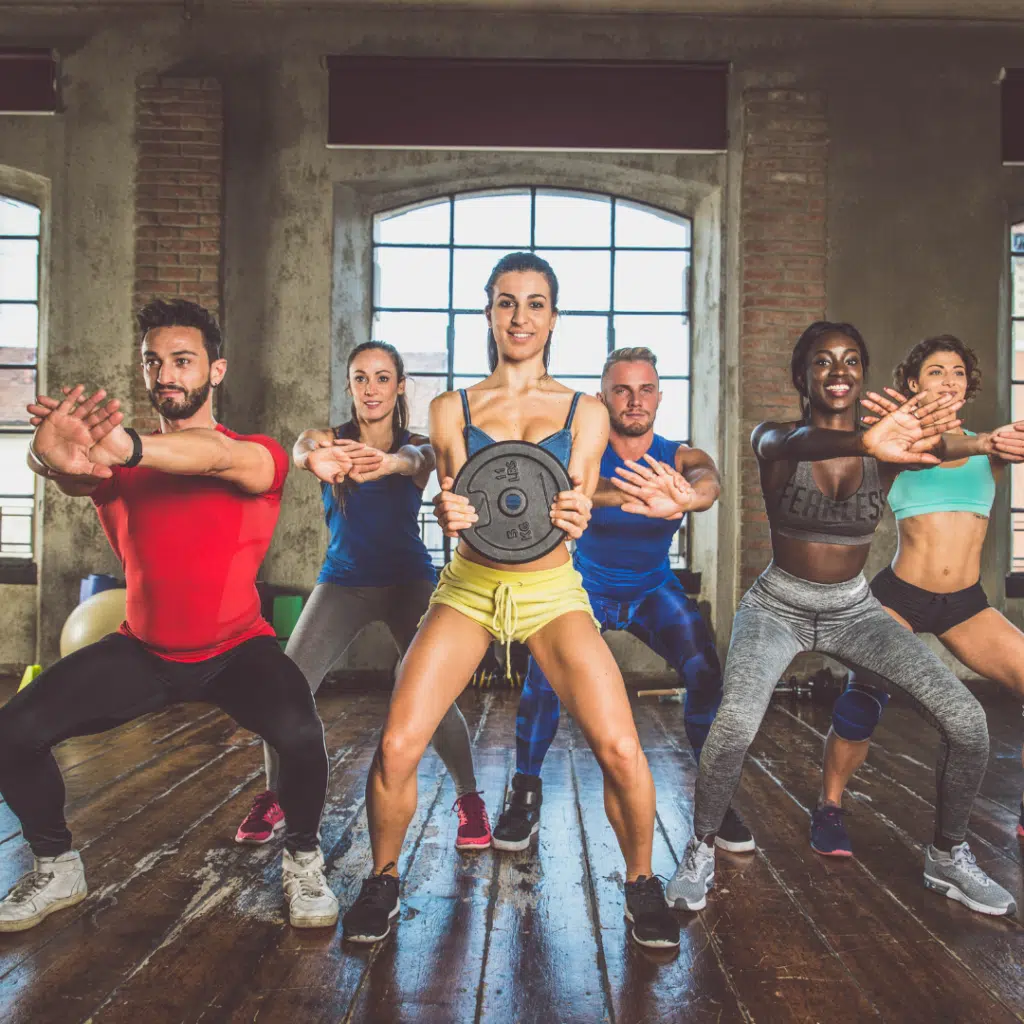

1. Quality of Data Outputs and Data Security: How Gym Attendance Software Can Immediately Improve Data Outputs
Of all the positive attributes historically associated with the fitness industry, data has probably not ranked among the highest.
Horror stories of even relatively large chain gyms and fitness clubs and their malformed data operations used to abound. Let alone for independent gyms and fitness clubs, which would always be more likely to fall onto the side of ‘driven by intuition’ rather than ‘driven by data’.
But time changes us all, and what was once the exception has started to become the rule. Due to the accessibility and affordability of Gym Attendance Software we have already talked about in this blog, those who don’t get with the times now risk being left behind!
The rise of attendance monitoring software for gyms and fitness clubs has led to a proverbial arms race. Competition fueling innovation.
The result? There are now increasingly sophisticated and powerful gym attendance software products available to even independent gyms and fitness clubs.
With the rise of better data input, naturally follows better and more reliable outputs which these gyms are using to fuel growth and innovation.
This can create a positive cycle for a gym or fitness club, capturing thousands of data points that were otherwise just flowing into the void every day and utilising them to make a genuine, powerful impact onto the business.
2. The user experience: how gym attendance software can be used to enhance the user experience at different levels
Given what we have discussed so far in this blog, it is not hard to imagine how Gym Attendance Software could help to improve the user experience. Whether it is by harnessing existing data points, or more effectively capturing and collating member feedback, the best gym attendance softwares will be able to make a meaningful impact on the average gym member’s visit in a very short timeframe.
While these improvements should be felt across all demographics of gym membership, there is one demographic that particularly appreciates them.
It is a demographic we have covered frequently and that is only going to get bigger for the foreseeable future. That is, the Millennial and Gen Z demographics.
As we covered elsewhere, this powerful demographic is set to constitute 80% of the gym-going population shortly. As such, it is better to get on their good side and fast!
The adoption of more data-driven user feedback and user experience improvement measures will be especially appreciated amongst this tech-savvy generation. These are generations some of which have never known life without Pure Gym.
If Independent gyms and fitness clubs wish to appeal to some of the creature comforts they’ve come to expect while appealing to their predisposition for independent and local businesses, Gym Attendance Software is a good place to start cultivating that sleek, data driven culture within even the smallest environment.
3. Operation integration and security: how gym attendance software can start connecting different aspects of a gym's business-as-usual operations
As with any appropriately powerful piece of software, Gym Attendance Software can be used as a focal point to support greater integration across a gym or fitness club.
This is something we have seen many times before, and it is a story that has been repeated across many industries. A single powerful and impactful piece of software acting as the nexus point of a businesses information flow.
Within businesses that have not previously had access to this quality or more importantly, unity of information, Gym Attendance Software can act as the seed from which greater unity can grow.
By allowing practical, usable data from a gym’s membership to emerge, it can be combined with usage data, attendance data and payment metrics to form the basis for a powerful database.
This database can then be used to run reports, perform audits and act as a catalyst for change. When Gym Attendance Software allows an independent gym or fitness club to have eyes everywhere, the era of questions being answered with a ‘we don’t know’ or ‘that information isn’t available’ will be a thing of the past.
To build on this point, the ability to report on, track and audit the data flow of an independent gym or fitness club will act as another layer of security for all aspects of handling customer data. All reputable Gym Attendance Software companies will put data protection and security as a paramount concern. By integrating gym membership information into their ecosystem, independent gyms and fitness clubs are ensuring that they are receiving a fully compliant service at the same time!
This will free up valuable extra time and money that may be spent either paying for a consultant or researching and understanding whether the freeform, organic protocols that a gym may have in place are compliant with ever-changing and complex regulations.
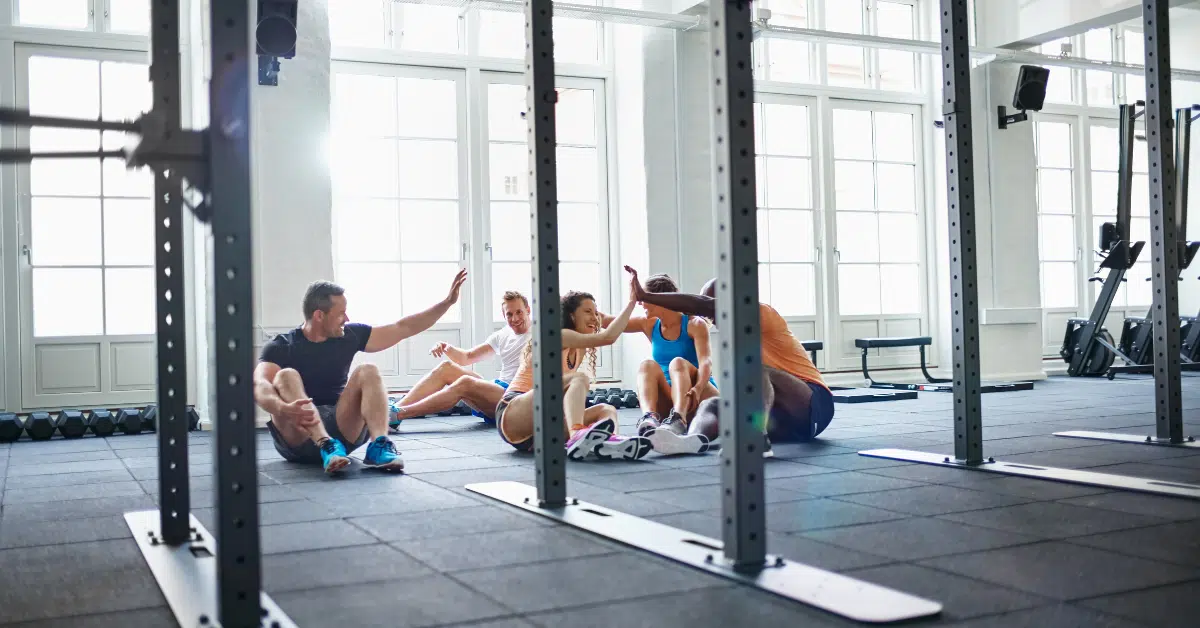
4. Increased revenue: how gym attendance software can help drive primary and secondary spend
Unsurprisingly, the side effect of this enhanced integration and feedback will ultimately result in driving member spending across the gym or fitness club.
This effect will become even more profoundly felt if the gym attendance software in question allows for not only primary payment (Gym Membership fees) but secondary spend (food, drink, supplements, merchandise).
By incorporating all aspects of a gym’s payment environment into a single platform, one that a gym’s membership is already using for membership fees, a significant barrier is removed. Enabling secondary spend within a payment environment that a member has already been integrated into has been shown to boost the sale of secondary items within a gym or fitness club.
And this is really common sense, once the process of paying has been simplified and has been incorporated into a system that the member already uses and trusts to manage their membership, the rest falls into place.
5. Automation and procedure: how gym attendance software can help define procedure and drive automation
And to save one of the most important til last, the best Gym Attendance Software will be those that save staff or management time and energy.
As we highlighted at the beginning of the blog, when Gym Attendance procedures are not automated at an independent gym or fitness club, they are not only inefficient and time-intensive, but ultimately regressive.
What started off as an ‘easy-fix’ quickly becomes unsustainable and ill-suited.
Coming up with procedures and standardisation measures to overcome this can be daunting, especially when there is a gym or fitness club to run. This is why the framework for automation and procedure that gym attendance software can create is truly invaluable.
By centralising the administration of a Gym’s attendance and membership activities into a single, automated area, vast swathes of time can be saved on everything from payment collection to access administration.
By reducing the reliance on arcane, bespoke or informal procedures within an independent gym or fitness club, the efficiency that can be recovered from a single Business-As-Usual day can be immense
Reducing the time out of costly payment reconciliation measures and non-payers, all the way to cancelled memberships and new-signups.
It also lessens the need for a single individual to ‘know’ everything about a system, reducing the brain-drain or knowledge-loss if that individual moves on.
Our Final Thoughts
After that exhaustive list, we hope that even the most ardent fan of ‘intuition’ will concede that there is something to be said for gym attendance software.
To take us back to the beginning, Gym Attendance Software originally had a very narrow remit. Many were no more advanced than a spreadsheet. But these days have long gone.
With the proliferation of seamless online payment systems and the ease of which these can now be integrated into complex, lightweight software environments, it is no surprise that a minor revolution has occurred over the last decade.
No longer should independent gyms and fitness clubs be content with just paying for a system that just tracks who has entered or left a gym.
The goal of the best gym attendance software should be to create a focal, central space that the majority of the gym or fitness club’s business can run through.
Whether it is booking or paying for classes, changing membership tiers or purchasing gift cards and upgrades, the system a gym decides on should make all of these functions easier to enact from the members side, as well as easier to manage and process from the gym’s perspective.
Gym Attendance Software in 2023 must be capable of capturing and then filtering strong data inputs and outputs. Working for both the members and the staff on a daily basis to ensure that Business-As-Usual operations are able to continue smoothly and with minimal human oversight.
And in turn, the report it is able to generate must be easy to understand and full of data that can be used to help improve systems and procedures throughout a gym or fitness club.
Modern Gym attendance software must be quick and responsive, effortlessly running in the background while ensuring that the relevant staff are never from the information they need to make key decisions and change what is necessary.
While traditionally the remit of larger clubs, responsive gym attendance software is perfectly suited for the low-to-the-ground, swift and reactive independent gym operation that we’ve seen give such durability and zeal to the industry.
And of course, it should be a safe and secure partner that independent gyms are able to trust with their financial transactions and that of their customers.
Which is why, if you have gotten this far, we recommend looking at our services! Here at Ashbourne Membership Management, we believe we embody the values we have been espousing in our blog!
With twenty five years of experience in the fitness industry and having helped unlock the potential in hundreds and hundreds of partnerships, we are confident that we can take any independent gym or fitness club’s operations up to the next level!
With our membership management software, gym’s not only receive a premier piece of gym attendance software, but a partner that is willing to work alongside them as they grow. Whether it is streamlining processes and procedures, saving countless staff-hours with cutting edge automation or effortlessly displaying critical data and KPIs with our BI dashboards, we believe Ashbourne Membership Management is in the perfect position to help any independent gym or fitness club grow.
Interested in finding out more? Follow this link to book a demo and learn more about what we can offer your gym today.
More to Read...
Get your club in shape.
Want to discover how? Let us show you.
the goals you want to achieve, and how our system can help you.
Get your club in shape.
Want to discover how? Let us show you.
Simply select your preferred timeslot and we’ll be in touch to have a chat about your health club, the goals you want to achieve, and how our system can help you.
Get your club in shape.
Want to discover how? Let us show you.
Simply select your preferred timeslot and we’ll be in touch to have a chat about your health club, the goals you want to achieve, and how our system can help you.


